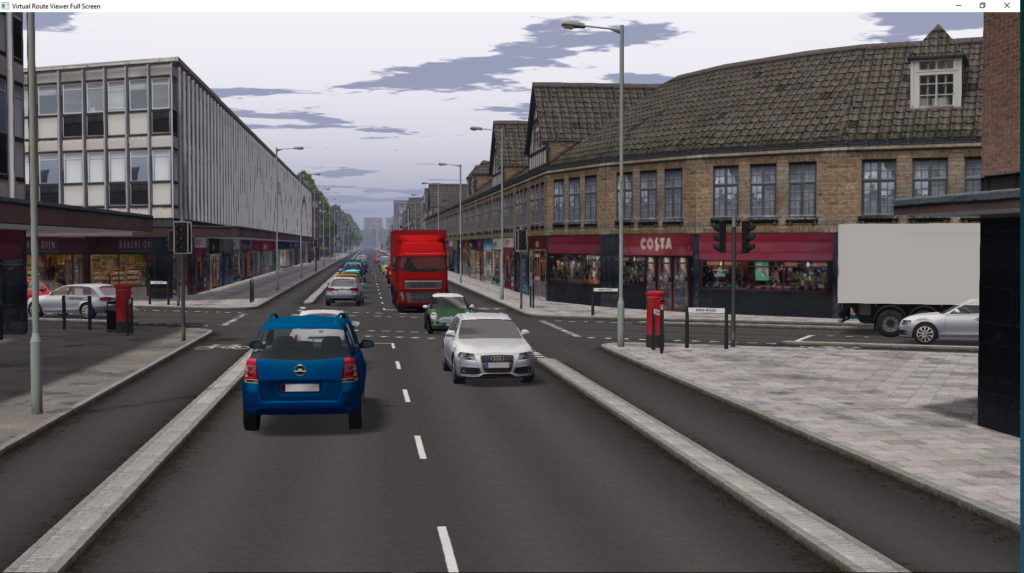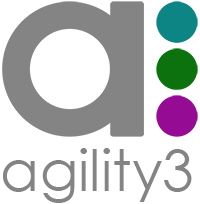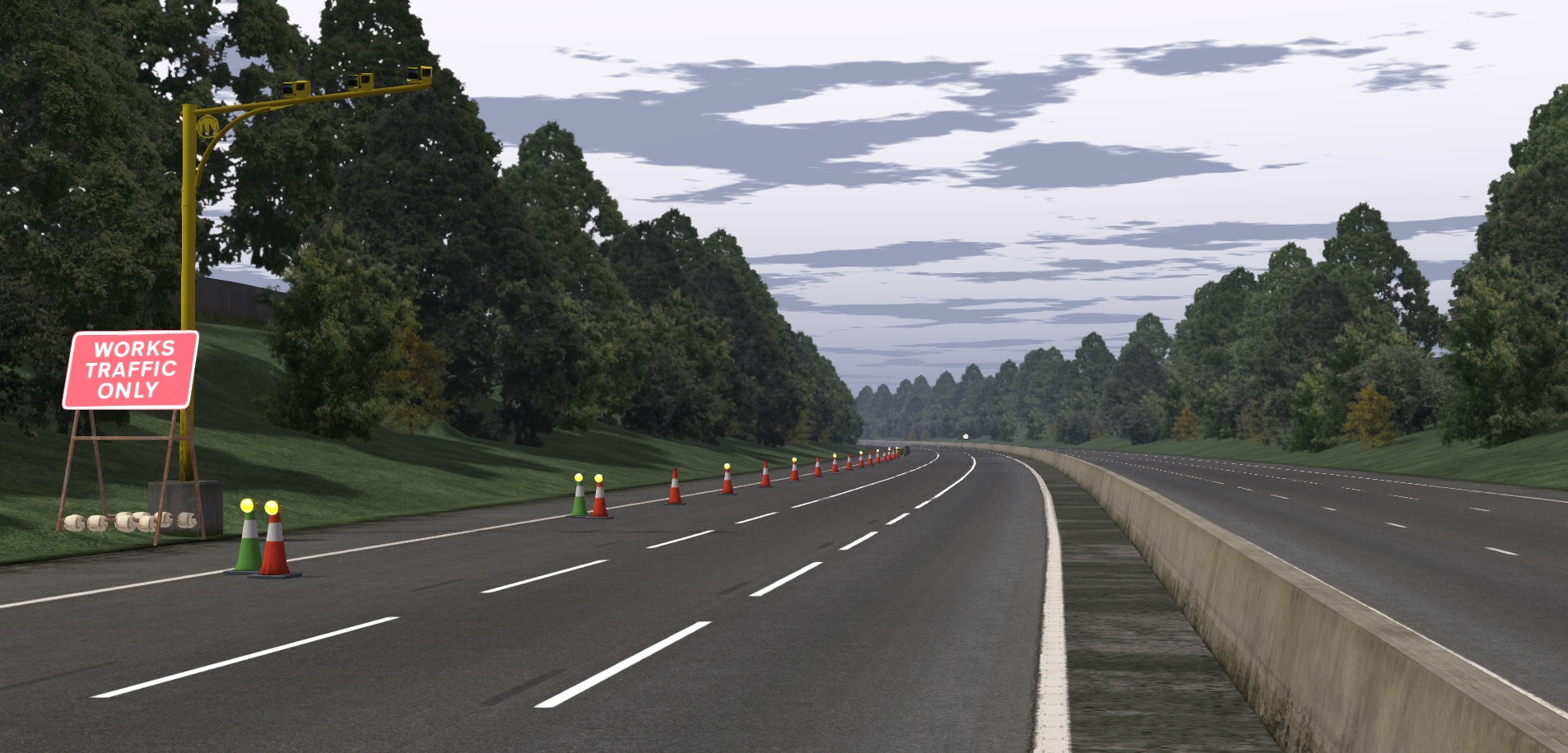Thanks to our work, railways are now safer for drivers. Road and cycle path design has been improved to reduce danger. Driving simulators deliver unprecedented realism for humans and autonomous vehicles alike. Workers and engineers can be trained in complex products, procedures and environments from the comfort and safety of their desk.
In fact, whether the projects we have brought 3D visualisation to are in road, rail, construction – our core markets – or any other sector, for ten years now we have been consistently enabling clients to de-risk projects, reduce costs, and protect revenues, by making it possible for them to foresee reality before they commit to developing it.
What follows is a brief summary of some of the milestones in our business’s history, a foretaste of how we could potentially help your business, and a look forward to what we think the next ten years will bring.
Taking the road to success
From the UK to Australia, Agility3’s 3D visualisation solutions have been put to good use on many road projects.
These have included, in 2015, modelling the effect on the approach to the Dartford Tunnel of the switch to automated booths, and the visualisation of a proposed complex Diverging Diamond Intersection (DDI) junction in Brisbane.
Our visualisation solutions also made it possible to evaluate the real-world interplay between autonomous and non-autonomous vehicles in the Greenwich GATEway project. A year later, they enabled Leeds University to assess cycle lane safety on HGV routes in the city, and were used to measure the effect on safety of changing speed limits and deploying smart road signs in motorway lanes narrowed by roadworks.
 More recently, our work with organisations involved in the development and testing of connected and autonomous vehicle systems has skyrocketed, as we created accurate simulator models of key real world environments to support validation and trials in a safe simulated world, ahead of undertaking trials in the real world – for example, Junction 2 of the M6 which was developed for Horiba Mira as part of the Midlands Future Mobility project.
More recently, our work with organisations involved in the development and testing of connected and autonomous vehicle systems has skyrocketed, as we created accurate simulator models of key real world environments to support validation and trials in a safe simulated world, ahead of undertaking trials in the real world – for example, Junction 2 of the M6 which was developed for Horiba Mira as part of the Midlands Future Mobility project.
Again, what all these projects have in common is that by using Agility3’s virtual environments within driving simulators in the earliest stages of the work, they were able to trial high-risk changes and validate design decisions before they went live and came into contact with the public – minimising safety and reputational issues, and, ultimately, eliminating costly rework.
Helping rail perform better
Rail has also been a major focus for us for several years now, as more rail companies and research institutions have delved deeper into visualisation to support their efforts to create higher-capacity, more efficient, but also safer rail transport.
Our 3D Virtual Route Viewer enabled Liverpool Lime Street station to visualise the operational and safety implications of a major refurbishment designed to increase the station’s passenger capacity, in a “before and after” view.
 This led to many further projects, including one for King’s Cross station, London, and we also worked with Transport for London (TfL) to develop VirtuRail, visualising the results of TfL’s Railway Engineering Simulator in a more intuitive and understandable way.
This led to many further projects, including one for King’s Cross station, London, and we also worked with Transport for London (TfL) to develop VirtuRail, visualising the results of TfL’s Railway Engineering Simulator in a more intuitive and understandable way.
Driven by the far-reaching changes of the incoming European Rail Transport Management System (ERTMS), 2019 saw us working with both the University of Birmingham’s Centre for Rail Research and Education (BCRRE) and Dutch rail company ProRail to develop “view from the cab” visualisations.
These enable rail operators and drivers to acclimatise to the changes in conditions and practice introduced by ERTMS, and help to prevent driver overload in the face of ever higher-capacity operating methods such as train platooning.
From trains to training, construction, and more
In the past ten years, training is also an area in which our solutions have delivered increasing benefit to customers – again, because this approach substantially reduces the initial risk associated with deploying real, live people in real, live environments.
Harking back to our defence roots, we produced a Virtual Reality solution to train military technicians in the safe defusal of unexploded munitions – a sensitive, hazardous, and complex task that requires pinpoint-precise and highly detailed visualisation.
A year later, we were back working with TfL again, but this time to develop our Virtual Reality Rail Experience, which showcases the potential for simulation and Virtual Reality to provide cost effective training, address Human Factors challenges and de-risk change.
Construction has always been a discipline that has benefited greatly from our 3D visualisation expertise, and we have engaged with that market extensively over the years. We produced, for example, a solution for Hochtief in 2019 that made it possible to visualise the daily workings of an entire, large, complex construction site, assess the planned status and completion of all projects at any given time, and demonstrate how traffic could best be managed.
The rise of the “digital twin” – a virtual replication of an actual physical construction or engineering asset, all its operational data, and all the changes it undergoes – has fuelled interest in the use of our 3D visualisation environments for predictive maintenance, and we delivered just such a solution for the TWI WindTwin wind farm project.
 What will the next ten years bring for Agility3?
What will the next ten years bring for Agility3?
Ultimately, we see the future of 3D and 4D visualisation as being founded on one fundamental principle: the ability to take customers from data to decisions more efficiently, more cost-effectively, and less riskily. That will not change.
But the simulation environments will expand and multiply. Autonomous and connected vehicles will not only become increasingly prevalent, but will morph into a combined solution (this is already underway – take a look at the work we did for HORIBA MIRA).
Road and rail organisations will become increasingly reliant on visualisation as they plan to extract more capacity, value, and safety out of track and tarmac without having to build anew.
The Metaverse can and will make 3D visualisation a must-have for many businesses, as we observed in our recent post, and even motorsport will continue to gain competitive advantage through the use of simulations and synthetic environments. .
So, ten years gone, and much achieved. But from where we’re sitting, the view of the future shows that, as the phrase goes, “we ain’t seen nothing yet.”




